For some speech-language pathologists, two of the most frightening words in the English language are “middle” and “school.” But it doesn’t have to be this way! In this post, I’ll share guiding principles for choosing middle school speech therapy goals, as well as ideas for content areas that are particularly important to target for many students in this age group.
Principles for Selecting Middle School Speech Therapy Goals
In any discussion about middle school, there’s one word that often comes up: awkward. As adults who support these students, we might feel awkward too! We ask ourselves questions like, “Should we keep playing games in therapy? Should we continue articulation goals? What’s the best way to collaborate with teachers and parents?” There is no one right answer to any of these questions, but there are some general principles that can help us make effective decisions.
Middle School Speech Therapy Goals—Principle One: Prioritize Connection
If it feels helpful, try thinking back to your middle school experiences. Although they were likely different from those of your clients, there are probably some commonalities, including a need for belonging. One of our greatest opportunities as SLPs is our ability to support a greater sense of belonging for our students. We need to be aware of our scope of practice, and collaborate with/refer to psychology colleagues as necessary, but effective communication is a powerful tool for increased feelings of connection, and working with communication is what we do!
The process of writing goals that prioritize connection varies from student to student. We might not use the word “connection” in our goals, but we can change our methods of data collection and use more rubrics and student reports. We can ask students how they feel when they use the strategies we work on in therapy, including what seems to help and what doesn’t.
Also, knowing that for most students, we can’t write a goal addressing every single area of challenge, we can use the “connection test” to help us narrow our focus. When choosing between multiple possible targets, this means prioritizing the targets most likely to support a student’s ability to connect socially.
Middle School Speech Therapy Goals—Principle Two: Prioritize Self-advocacy
Academically, one of the biggest challenges students encounter when transitioning to middle school is having multiple teachers and classrooms. As students navigate this change, their self-advocacy skills become increasingly important, and we can support them by writing goals with a self-advocacy focus. For example, if a student stutters, we might write a goal related to the student educating their teacher about stuttering and how to respond to moments of stuttering (instead of writing a goal about reducing disfluencies).
Prioritizing self-advocacy also means that we get serious about student involvement in selecting middle school speech therapy goals. We need to write goals that our clients find personally relevant, and the only way to do that is to get their input.
Prioritizing self-advocacy can also involve difficult conversations, particularly with our middle school students who have articulation goals. We can show them the respect of asking questions like, “How much does it bother you that this sound is still tricky? How much time do you spend practicing at home? Do you want to keep working on this sound?”
Middle School Speech Therapy Goals—Principle Three: Prioritize Transition Readiness
While we need to meet students where they are in the present, it’s also important to be mindful of their past and future transitions. If a middle school student is new to your caseload, take a quick look at their past IEPs/treatment plans and see how long they have been working on any goals that they come to you with. Given high SLP turnover in some settings, many students’ clinicians don’t have a full picture of their treatment history, and goals can slip through from year to year that are no longer necessary.
It’s also critical to look to the future. These students will soon be transitioning to high school. Writing goals with this reality in mind helps us stay focused on prioritizing the very most relevant and supportive skill target areas.
Key Content Areas for Middle School Goals
When selecting goals, our ultimate guide is the student—what do their assessment results reveal? What challenges have the greatest impact on their lives? However, we often identify many potential goals, and can’t target all of them. In these cases, there are some themes that emerge from the Common Core standards and middle school curriculum areas to guide us.
Collaborative Discussions
In middle school, students are increasingly expected to engage in small-group and whole-class discussions. They are asked to listen to their classmates, ask questions, and build on others’ contributions. Goals related to growing these skills are likely to have a positive impact on students across the school day and beyond.
Bringing the Evidence
As students transition to and through middle school, they will need to offer substantive evidence for the claims that they make in discussions and written work. With these requirements in mind, middle school is a great time to write goals related to evaluating evidence, fact vs. opinion, “why” questions, and research skills.
Vocabulary Knowledge
In middle school, there is an increase in the variety and complexity of vocabulary used by teachers and texts. When writing vocabulary goals, it can be useful to prioritize the use of strategies such as prefixes/suffixes and context clues to identify unfamiliar words.
Going Below the Surface
In middle school, students will find an increased emphasis on abstract ideas and figurative language. For our neurodivergent literal thinkers in particular, this shift can be overwhelming and distressing, and writing goals related to explicit instruction in these areas can be very useful.
No matter which goals you choose, know that as an SLP, you have the opportunity to be a bright spot of connection and safety for students who are going through a period of life that feels scary and, yes, awkward. Embrace it!
Want to stay in the loop for new speech therapy ideas and inspirations? I have put together a free Digital SLP podcast to share insight and tips on implementing your speech therapy sessions. If you are looking for fun and interactive speech therapy materials that students and SLPs both will love, check out what the Digital SLP® membership site has to offer, or sign up for our free trial now. Alternatively, check out our TpT store.


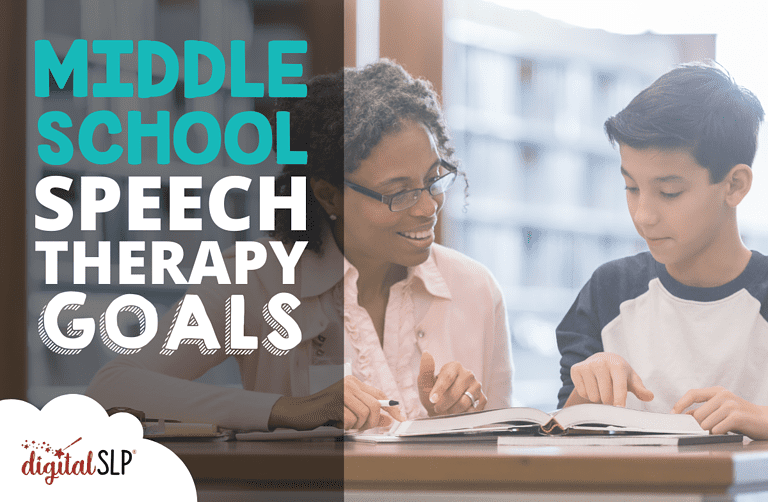



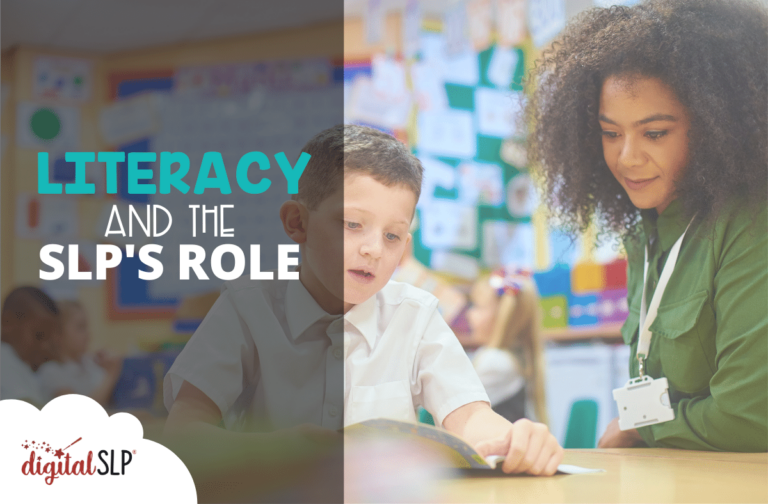
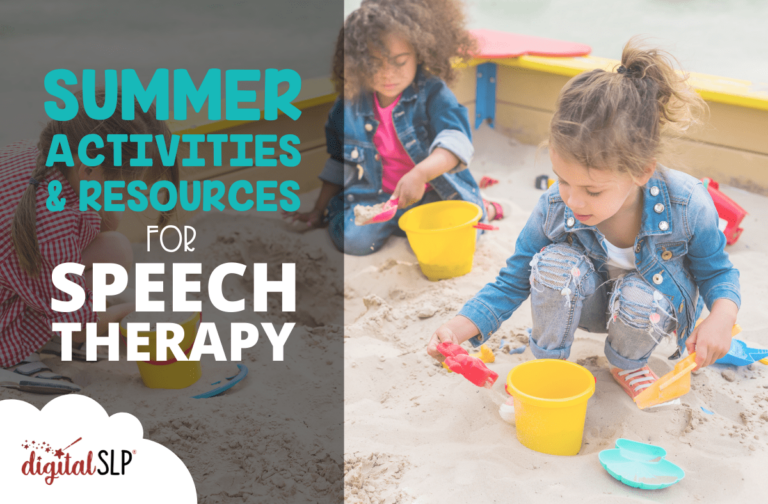
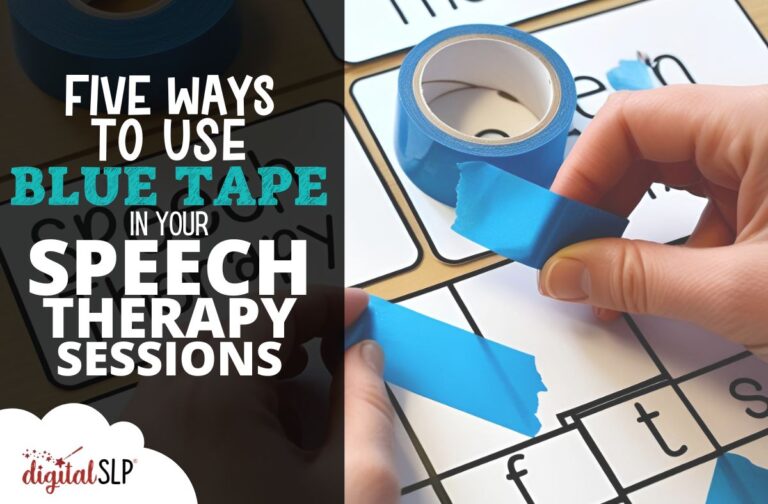
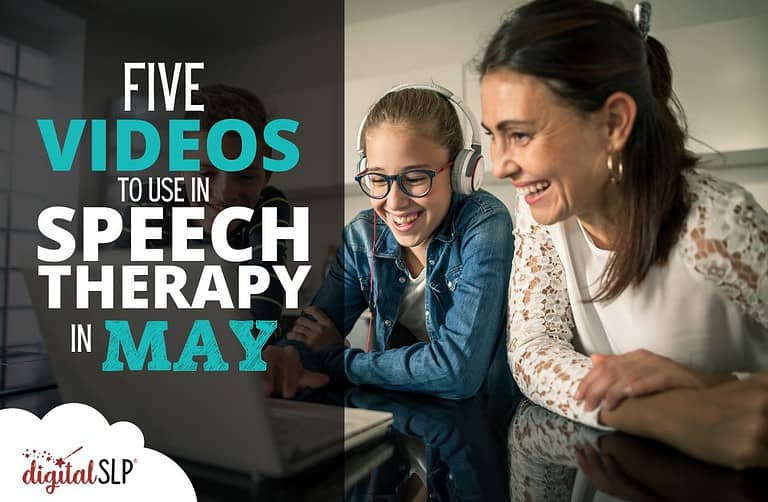
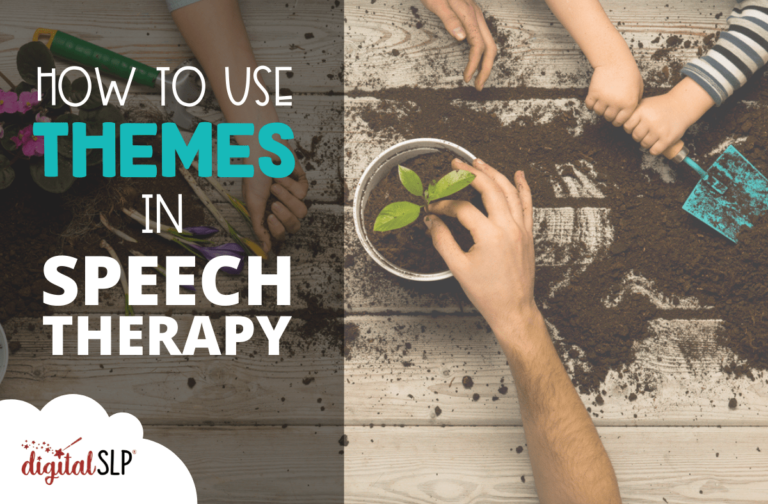
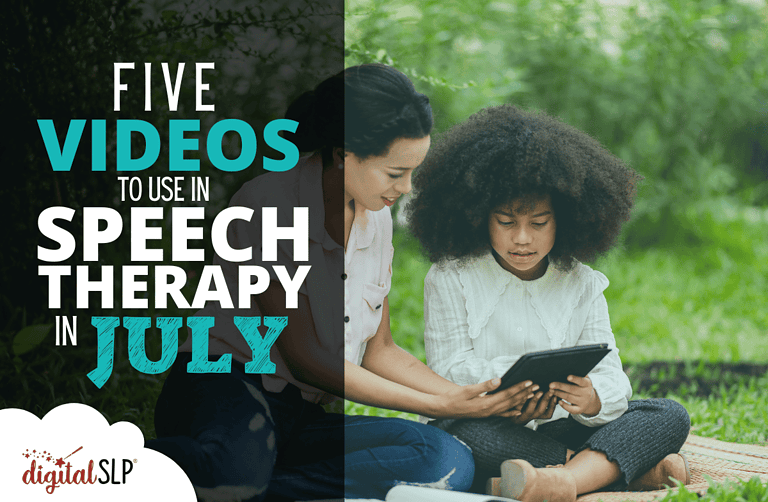

Recent Comments